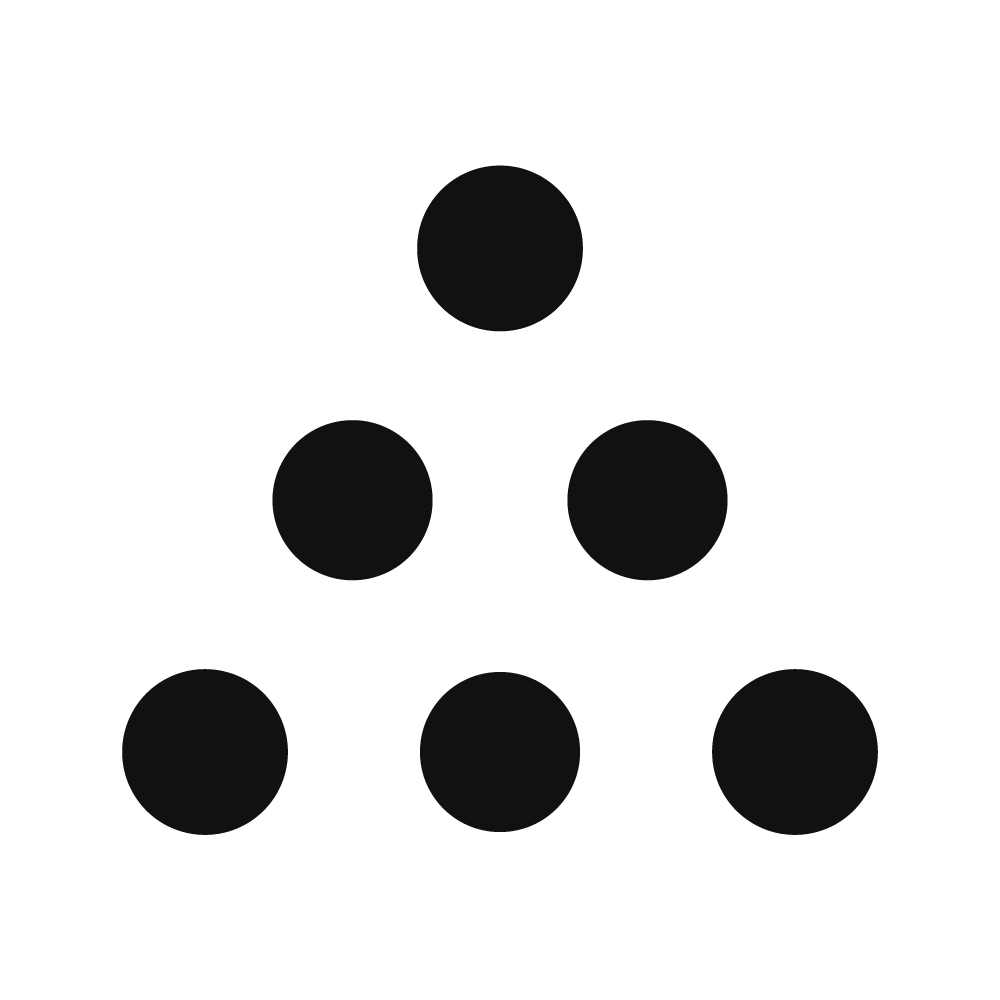Luxury Problems, Object, 2020
The first day in Greece began at four in the morning as a nightmare that got stronger every minute. One hundred twenty kilometers from Athens — Marika and Anton were tucking away until dark, to the place where, as they later learned, the famous battle of Homer with Hesiod had taken place. With great difficulty, artists found a strip of land between the muddy sea and the road to spread a blanket for the night. The job on that day was to spend the night in this strange place today and see what would happen tomorrow, the day after tomorrow, and so on until they would get to the site. The path from that place to Port25 in Mannheim in Germany that artists knew not how to overcome in 10 days would become the tool to create a work, and the oddities that often occurred in situations like that would become its plot.
Bed in Cadaques, Photo, 2015
Marika and Anton assume artistic work as a daily, constant will for creatively recollecting and re-creating the world and themselves, such as daily unproductive scholar (attributed to σχολή) work similar to the job of a taxi driver or window washer. If society captures the space of politics, turning art into an object of consumption, M&A, in response to this, enter the territory of labor and make an invisible, existing-in-itself artistic act (ποίησις) the subject of social relation.
Metamorphosis, performative Installation, Port25, Mannheim, DE, 2018
The route to the scene and artists' property served as a tool for the performative installation, presented in Mannheim in July 2018. more
At the beginning of March 2020, Marika and Anton found themselves in Moscow. The borders were already closed, and an intense lockdown was impending, in the conditions of which Anton would be outside the law on Russia's territory as a foreigner. This obstacle started to threaten their practice; therefore, Anton and Marika decided to slip out of control. M&A have managed to escape into the uncontrolled territory before a complete lockdown started, to manage difficult times holding joined life and artistic work.
February 24th, 2019, Seoul, Photo, 2019
Art intertwines in history; conditions and meanings are reflected in it and imprinted for a long time. One might think that it is the substance of culture that gives birth to art, but the artist knows its source is beyond knowledge. For more than four months, M&A were hiding together on an abandoned peninsula, comprehending their living as a performative practice. The essence is the laying of Zones of Nonknowledge — gaps and bypass tunnels and accepting uncertainty and precariousness as performative conditions and circumstances as material for its actual deployment.
Bed for July 7th, 2017, Cadaques, Photo, 2017
Contemporary art is the artist’s work, determined by creating, developing, and redefining the image of Сontemporaneity as a conventional ersatz space for human life in conditions of ontological deprivation of the present; an effort to recollect and reassemble the interhuman World.
What is usually only the background of artistic creation: era, country, season, living conditions, and incidents for us become significant components shaping the plot. Nevertheless, to make unproductive practice visible, the practice of materialization is also required. Our work’s structure turns inside out: the artistic work emerges to be invisible, and additional curatorial practices provide the work's materiality. Like the Labridae fish, which can change sex in extreme circumstances, we set up curators ourselves. The objects we work with as curators are traces: photos, videos, documents, notes, lists of things, and audio recordings of our conversations. It is precisely random documentation that we understand as the most important and most accurate witness to the event, we give the floor to this accident and find in it an inexhaustible source of interest and inspiration for further work.
Bench, Photo, 2020
Since we work together, we have to talk everything through. Our work arises in the moment of dialogue, and words leave consequences. We fix the order of psychological movements in our conversations as a ritual of self-recollection. We build a position and collect imprints of connections and relationships in the form of rules, which exist to be used as instructions, but like leges naturales they open up in the process. Over the years, these rules have taken shape in a model of an institution into which we enter like an empty house in order to look at ourselves through the window. We called that psychological phenomenon the Absent Institution and use it for artistic purposes as a facade for unproductive practice.
That winter, Marika and Anton got COVID-19 and were locked on the 19th floor of Rabochaya Street in Moscow. For not to be a victim of circumstances, they have opened the exhibition at home. The MUSEUM. No one, of course, was able to come and see it live, but the exhibition had been opened, and even works from it were being sold. The exhibition was quite material: photographs, objects and videos. In addition to the exhibition catalog, artists created a parallel online exhibition that is closely intertwined with the material exhibition. That is the webpage you are on now.
We are resisting. We resist disease. We resist the desperate situation into which circumstances have thrown us. We resist isolation, the destruction of connections, and the collapse of the interhuman space. We are opening up.
